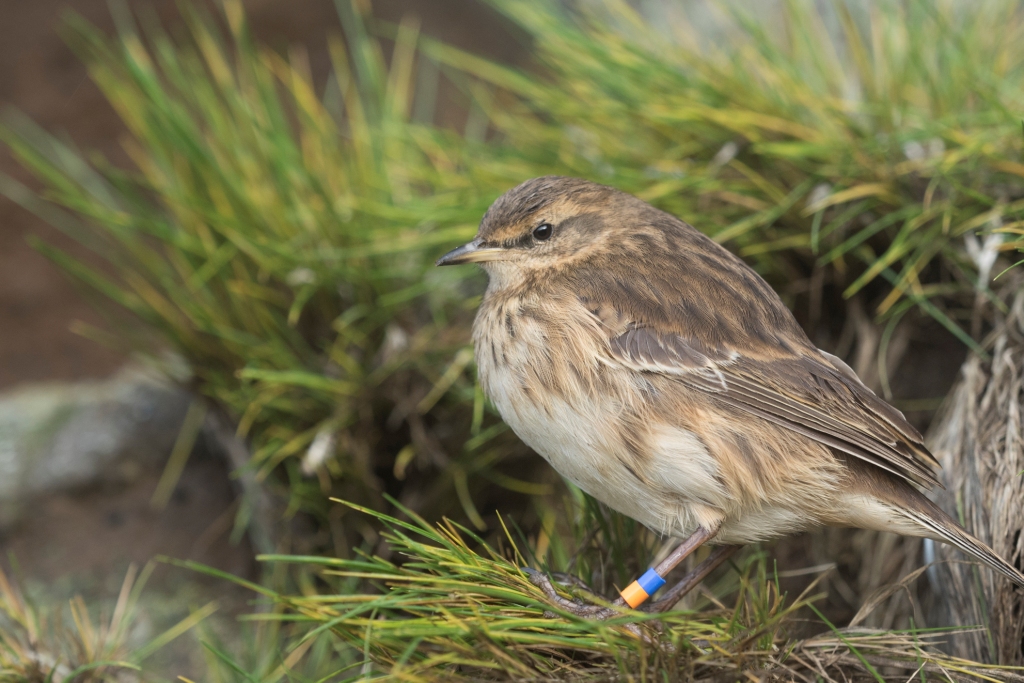The operations carried out by New Zealand Department of Conservation (DOC), Island Conservation, and other partners to protect native species on Antipodes Island, New Zealand, are officially complete.
“This has been an exciting project — working with some of the world’s leading island restoration experts in one of the most remote places on Earth,” said Island Conservation’s Southwest Pacific Regional Director, Ray Nias.
The island restoration team completed the mission much sooner than expected thanks to welcome windows of favorable weather conditions.
The Million Dollar Mouse campaign to remove invasive mice from Antipodes Island, led by DOC and the Morgan Foundation and supported by WWF-New Zealand, and Island Conservation aims to protect a variety of native and endangered species, including the endemic Antipodes Parakeet, the at-risk Antipodes Wandering Albatross, and the Endangered Erect-crested Penguin.
Thanks to the great work by the restoration team, the future is bright for the native plants and animals that have always called Antipodes Island home.
The Antipodes Islands are home to a wide variety of sea and land bird species including the Antipodes Snipe, Antipodes Pipit, and Antipodes Parakeet found nowhere else in the world. The seabirds range from the Tiny Storm-petrel to the Antipodean Wandering Albatross, one of the largest flying birds in the world. Thousands of seabirds nest on the main Antipodes Island and marine mammals fill the shores and surrounding waters.
Invasive mice were accidentally introduced to Antipodes Island in the 19th century, possibly by shipwrecks. High densities of invasive mice are destroying the natural ecosystem cycle on Antipodes Island, predominantly by eating invertebrates, vegetation, and possibly bird eggs and chicks.
Following removal of invasive mice, we expect a significant increase in native invertebrates, which will aid in the natural recovery of the ecosystem, along with native seeds and vulnerable plants. The return of some smaller seabirds currently limited in distribution and population size to the outer mouse-free islands is also anticipated.
One way to measure the effects of conservation fieldwork is to track the wildlife expected to benefit from restoration. On Antipodes Island, restoration specialists with the Million Dollar Mouse project banded native Pipits and Albatross chicks, and recorded encounters with Snipe.
They also conducted transects, traversing the island looking for the Antipodes Island Parakeet, and Reischeck’s parakeet in addition to Snipe and Pipits.
See website for Antipodes Island restoration project.
See website for Antipodes Island bird monitoring & photo credit.

